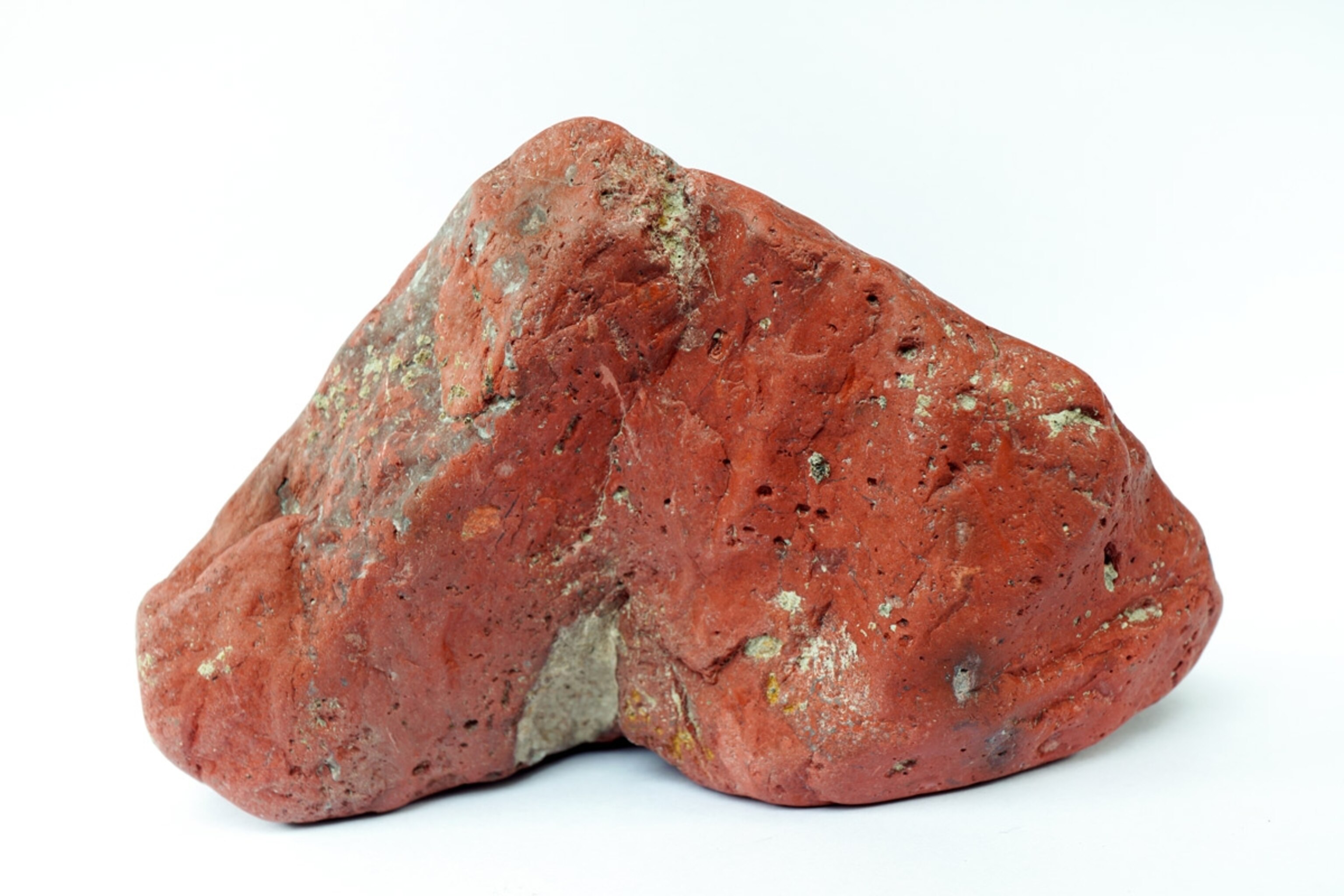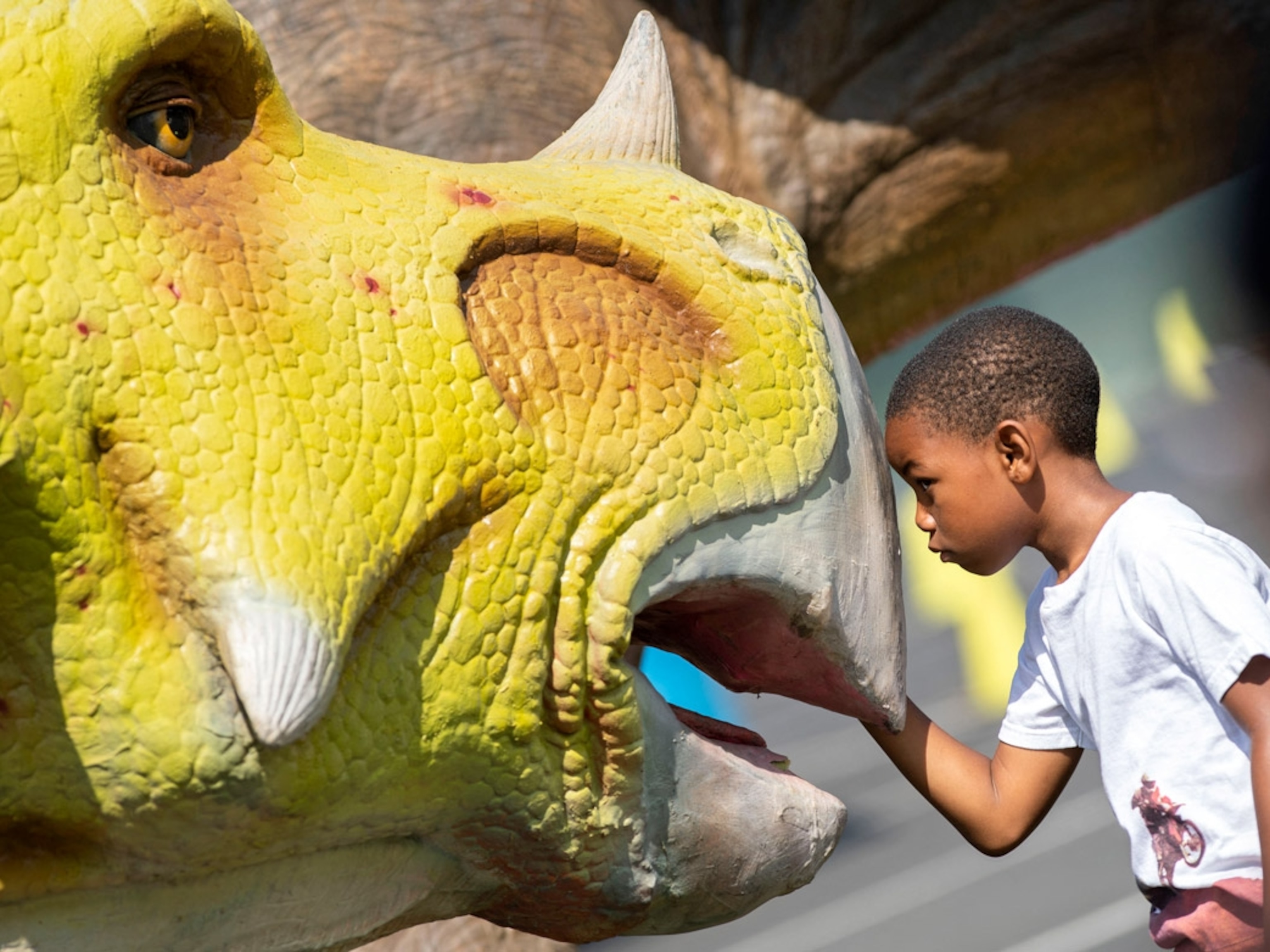
Your guide to a rock-collecting adventure with kids
Plus, 7 ‘rockhounding’ activities that will get kids outside and learning
Don Gerig’s daughter was five years old when she began picking up “pretty rocks” in the gravel driveway of their home in Canby, Oregon. The cardiac physiologist and father of two was happy to take her on adventures along nearby riverbanks to look for treasures like agates, petrified wood, and jasper.
“The more she became interested in it, the more we would make time to go,” says Gerig, who offers rockhounding advice on the site Rock Seeker.
Some five years later (and now living in Texas), they’re full-fledged “rockhounds,” a term used in the United States and Canada to describe a hobbyist who collects rocks, minerals, gemstones, and fossils. An easy activity for kids, rockhounding is also a fun outdoor adventure that could ignite an interest in geology and other STEAM disciplines.

“Maybe this is a spark that will help kids pursue something like biology or engineering or something related to sciences,” says geologist Robert Beard, who has worked on several rockhounding books, including Rockhounding Arizona.
For families interested in taking a rockhounding adventure on your next outdoor excursion, here are some simple tips to help you on your geologic journey.
Getting started
At its most basic, Beard says rockhounding simply requires eyes to see and hands to pick up rocks. “All you need to do is look for whatever catches your attention,” he says. Here’s what you need to get started.
Get the gear. You likely know what to bring on a hike, but for rockhounding, make sure to also bring along a special pouch for collecting treasures, like a fanny pack or small backpack. A notebook will help kids remember locations of interesting finds.
Know the rules. Rockhounding is generally allowed in reasonable amounts for personal use on public lands administered by the Bureau of Land Management and the U.S. Department of Agriculture Forest Service. “Generally, if you’re surface collecting [not digging deep holes], anything you want to pick up is fine,” says retired biologist and rockhounder Anita Colin. Off-limit sites, like mines or areas under archaeological protection, should be clearly marked.
Grab a guidebook. Although simply getting outside to search for interesting rocks can be fun for kids, Gerig says a local rockhounding guidebook can offer prime picking spots as well as what treasures you might find. A guidebook will also be up on local laws and regulations.
Find your spot. Gerig says good rock-collecting sites feature some type of exposed rock: gravel bars, roadside ditches, beaches, backcountry roads, or even construction sites where removed groundcover has exposed rocks below. (Make sure to get the owner’s permission if it’s private land.)
Collect what’s eye-catching. The great thing about rockhounding is that kids can lead the way, collecting whatever they find interesting. “Sometimes you can often find rocks with crystals or interesting minerals just lying on the surface,” Beard says. Still, encourage children to pick up rocks they might think would be boring and take a closer look. “Shiny or colorful are always the favorites, but every rock has something interesting about it,” Colin says.

Dive a little deeper. “Our best go-to spots have always been in and near rivers and streams, especially if gravel bars are present,” Gerig says. And if you’re walking along a riverbank, Dennis Gertenbach, a retired chemical engineer and rockhound, suggests noting where rocks have piled up to see what interesting finds have gotten stuck.
Rockhounding activities
If your kids need a little more structure than simply keeping their eyes peeled for interesting rocks, try these fun and simple activities.
Zoom in. To teach kids about the three different kinds of rocks—igneous, sedimentary, and metamorphic—U.S. Forest Service geologist Kevin L. Johnson suggests looking closer at the finds with a magnifying glass, cell phone camera, or hand lens.
• Igneous rock like granite and pumice often leaves crystals on the surface because they’re formed from molten rock that’s cooled or crystallized.
• Sedimentary rocks like shale and sandstone featuring straight bands of layer because they’ve developed from sediments that are deposited from rivers into lakes and oceans.
• Metamorphic rocks like marble and quartzite often have bands that are curvier than those in sedimentary rock because of the “metamorphosis” the rock has gone through from high pressure and temperatures.



Grab a colander. If kids are tired of walking on land, have them roll up their pants and wade in a slow-moving body of water. Use the colander to sift the sediment in search of unique rocks and minerals.
Make it a competition. Colin says her local mineral club hosts an annual contest featuring categories like “ugliest rock.” So turn your own family adventure into a contest in which everyone gets a prize for things like “most colorful,” “heaviest,” or even “the rock that most resembles an animal face.”
Create a scavenger hunt. The types of rocks your family might find depends on your geographic location. Do a little research to find the most common ones in your area, then create a bingo card for kids to check off their discoveries.
Get creative. Most rocks were formed four billion years ago, when the landscape likely looked very different. Ask kids to imagine what the Earth was like when that rock might’ve been part of a mountain or under and ocean. “What were the animals like during that time?” Gerig says. “How was the terrain different?” Questions like these can spark kids’ imaginations and inspire them to explore more.
Rock or petrified wood? Petrified wood forms when buried plant material is penetrated by groundwater and replaced with silica or other inorganic material. The approximately 10,000-year process basically fossilizes the wood and makes it appear rocklike—and it’s an exciting rockhounding find.

Challenge kids to figure out if they’ve found petrified wood or plain ole rock with some fun observation activities. “Petrified wood can’t be scratched with steel, such as a steel knife or steel nail,” Beard says, adding that petrified wood usually retains the wood grain pattern. “In many cases, it resembles an actual piece of wood and is light brown. But it can also be shades of red, orange, and yellow.”
Display your finds. Gertenbach suggests that kids bring along a notebook so they can jot down each specimen’s location and name (or at least a creative description). Then back at home, children can label and display their discoveries on a special shelf or perhaps a shadowbox.



